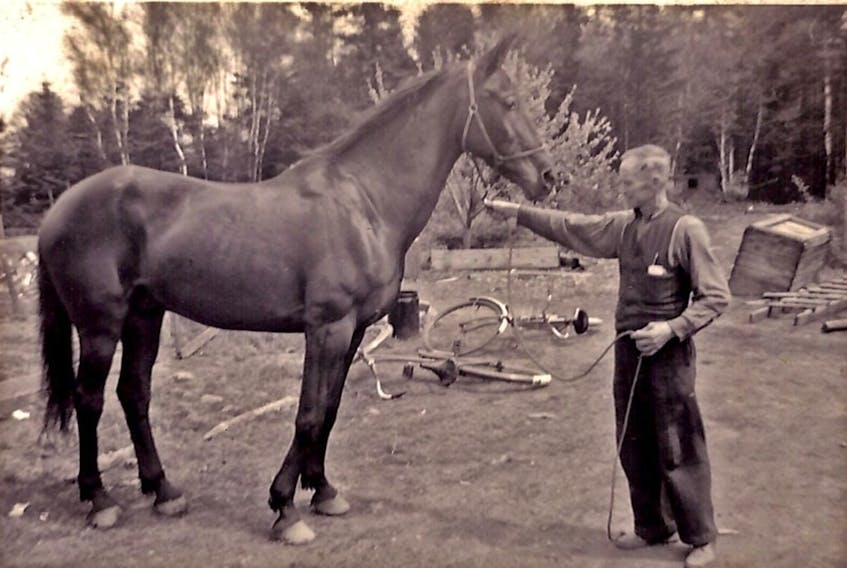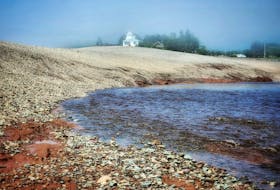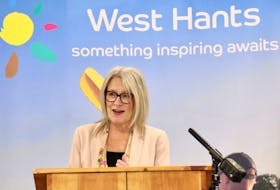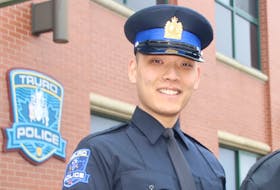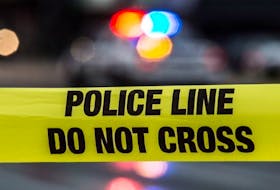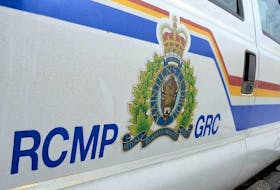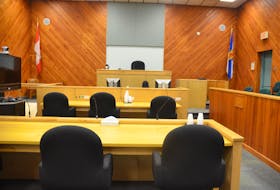At Remembrance Day, thoughts turn to heroism and sacrifice, and we are reminded of the horrors of war and what we might’ve lost if our soldiers had failed us.
I think of my great uncles, three brothers from Amherst, who fought in the trenches in the First World War. They were the brothers of my maternal grandmother, Maggie (Rees) Ogden.
The oldest of my mother’s uncles, Clarence Rees, 22, was killed in battle. He rests in Chester Farm Cemetery in the Belgium countryside. The youngest, Walter, was shot in the arm. While in the field hospital he contracted both gangrene and the deadly Spanish Flu. He survived both but lost his arm. The middle son, Gus, was a machine gunner. During one battle he was hit in the wrist by shrapnel and lost the use of his hand.
This story isn’t about my uncles, though. It’s about a forgotten veteran of the same war, but Gus played a key role, so I’ll start there.
Gus was a bright and sunny boy, bold and full of mischief but as likely to act in kindness and compassion as he was to hoist knuckles to the face of a childhood foe. He was a favourite among the family and my grandmother doted on her brother Gus. She was terrified when he enlisted but faithfully wrote to him throughout the war. The letters and cards he sent back to her were among her most precious possessions. Upon my grandmother’s death they were passed down to my mother and when she died they came into my care. I have used these letters, along with military records, and memories my mother related over the years to piece together this story.
My mother, Marjorie (Ogden) Cove, was born almost 10 years after the First World War ended so she never knew the dutiful young uncles who’d gone off to war with excited optimism. The uncles she came to know were ravaged by the horrors of a war that left them both disabled and broken. A generation of young men shared their pain and I suppose the knowledge they were not alone in their struggle enabled them to rise above it. The Uncle Gus my mother came to know was much older and wiser but despite the trauma he remained warm and fun loving.
After his release from hospital, a disabled Gus was deemed unfit to go back into battle so he was put on light duty and assigned to care for the horses. Horses were essential to the war effort; they were used in almost every aspect of the war, from leading the charge to hauling supplies, heavy artillery and ambulances to and from the front. Although highly valued for their contributions, the burdens these sensitive animals bore were physically and spiritually crushing, and every year of the war saw one quarter of the horses killed in battle or by war-related illnesses and conditions.
Millions of these beautiful creatures were sacrificed and of those who survived the war, many were sold to slaughterhouses. The cost of the war had been astronomical and when it was over there were few resources for anything but necessities. The expense of shipping hundreds of thousands of horses home was considered extravagant. Most of those that weren’t slaughtered were sold to local farmers in communities surrounding the battlefields. A select few went home to Britain or the other European countries they’d originally come from, usually at the owners’ expense.
It was almost unheard of to ship a war horse to North America; such a rarity that the few times it happened have been recorded in the annals of our war history. Morning Glory and Bunny are two noted Canadian war horses who made it home after the war.
It’s uncertain where Col. John originated but he ended up on my grandparents’ farm in East Amherst after the war. Since it was so unusual for a war horse to be shipped overseas at the end of the First World War, it occurred to me the most likely way this might’ve happened is if he'd had a benefactor willing to fight for him. The obvious connection is Uncle Gus.
Charming Gus, darling of his family - the bright and bold young soldier who’d fought for his country, been rendered disabled, yet remained on the filthy, blood-soaked soil of war-torn France even as the comfort of his home and family so far away was within easy grasp. A young soldier so admired he was assigned to care for one of the Allied Forces’ greatest assets, the war horses.
Perhaps Gus with his useless hand was able to provide some comfort to the poor war shocked horses or they some comfort to him, or both. Whatever happened during his care of these noble warriors, it's clear that one struck a chord in him. It could be the big horse reminded him of home, or maybe there was something compelling in the animal’s eyes that set it apart from the others. Whatever it was, Col. John was special to Gus. Certainly, the bond between the two spurred Gus on to one last battle - the fight to save Col. John from the slaughterhouse and bring him home to Canada.
I don’t know how Gus won this battle but win it he did and when the war weary pair returned home, Gus presented Col. John to his beloved sister, Maggie.
Col. John spent the remainder of his life working on my grandparents' farm and while that might seem a less than ideal outcome to some, it must be remembered this was a young horse full of vim and vigour, fresh from the battlefield. It’s unlikely such a creature would’ve preferred being isolated in a quiet paddock to working under the guiding hand of a kindly farmer.
When I was a child, my mother often told me the story of Col. John. “He’d been in the war,” she’d say with quiet reverence. A beautiful horse, his bearing and build bore evidence of his breeding but his gentle reliability was the manner of a work weary old nag, content to plod along for hours as long as there was a meal at the end of the day.
As comfortable as he might’ve seemed over the next thirty years, there was one day each year when the old war horse showed his true colours in a striking transformation. My mother said they’d hitch Col. John up to the wagon every Armistice Day and go into town for the Remembrance ceremony.
“He’d dance,” my Mother told me.
As the parade band began to play, Col. John's head would jerk upward, eyes blazing he’d nicker and high step, bouncing back and forth on his front legs to the music. The spectacle would make children giggle but I’m sure the veterans understood the old warrior’s excitement.
Like any battle-hardened soldier long after the war is fought and the smoke has cleared, the old war horse still remembered and he found pleasure and meaning in the company of his brothers-in-arms.
Contributed by Susan Hunter

